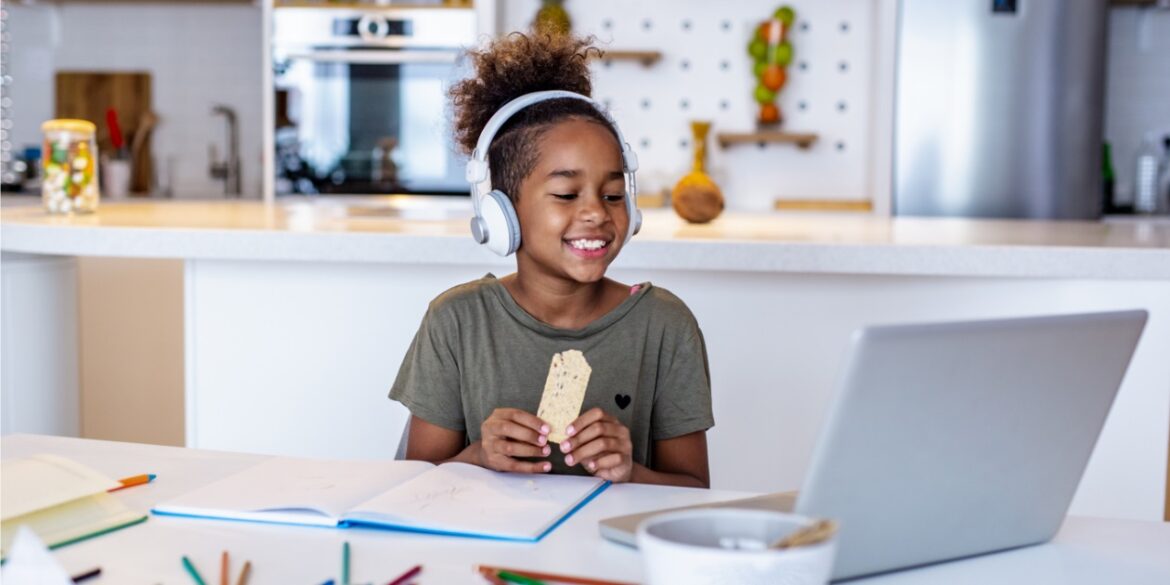The shift to online teaching has become a crucial aspect of modern education. While the virtual classroom offers flexibility and accessibility, it requires educators to adopt new strategies to ensure effective learning. Here are some essential dos and don’ts for creating a successful virtual classroom experience:
Dos:
- Establish Clear Expectations: Communicate the course structure, objectives, assignments, and assessment criteria clearly at the beginning. This helps students understand what is expected of them and how the course will be conducted.
- Use Engaging Content: Utilize a variety of multimedia resources such as videos, interactive quizzes, and simulations to keep students engaged. Visual and interactive content can enhance comprehension and retention of the material.
- Interactive Sessions: Incorporate live sessions for discussions, Q&A, and collaborative activities. Video conferencing tools can enable real-time interaction, making the virtual classroom more engaging and dynamic.
- Provide Timely Feedback: Regularly assess student performance and provide constructive feedback on assignments and assessments. Timely feedback fosters a sense of progress and helps students stay on track.
- Encourage Collaboration: Facilitate group projects and discussions to encourage peer learning and collaboration. Online platforms often have features that allow students to work together effectively.
- Tech Support: Offer technical support and guidelines for using the online learning platform and any other tools. This helps students overcome any technological barriers they might face.
- Be Adaptable: Flexibility is key in the online environment. Be open to adjusting your teaching methods based on student feedback and changing needs.
- Chunk Information: Break down the content into manageable chunks. This prevents information overload and aids in better understanding and retention.
- Create a Sense of Community: Foster a sense of belonging by incorporating icebreakers, introductions, and discussions. This helps students connect with each other and the course material.
Don’ts:
- Overloading Content: Avoid overwhelming students with excessive reading material or assignments. Quality over quantity is essential for effective learning.
- Neglecting Interaction: Do not conduct the course as a one-way lecture. Interaction and engagement are vital for a successful virtual classroom.
- Ignoring Accessibility: Ensure that all course materials, including videos and documents, are accessible to students with disabilities. Use captions and alternative formats when necessary.
- Disregarding Time Zones: Be mindful of students from different time zones. Schedule sessions or due dates that are feasible for the majority of participants.
- Relying Solely on Text: Don’t rely only on written content. Utilize visual aids, audio, and video to cater to different learning styles.
- Lack of Consistency: Maintain a consistent schedule for live sessions, assignments, and assessments. Predictability helps students plan their time effectively.
- Ignoring Feedback: Encourage students to provide feedback about the course structure and their learning experience. Ignoring feedback can hinder the course’s improvement.
- Tech Troubles: While technical issues can arise, don’t let them disrupt the flow of the class. Have backup plans in place and remain composed in addressing such challenges.
- Isolation: Avoid creating an isolated learning environment. Promote social interactions among students to build a supportive community.
By following these dos and don’ts, educators can create an engaging and effective virtual classroom that promotes learning and student success. Adapting to the online teaching jobs from home landscape requires a combination of technological proficiency, pedagogical innovation, and a strong commitment to creating a positive and inclusive learning environment.




